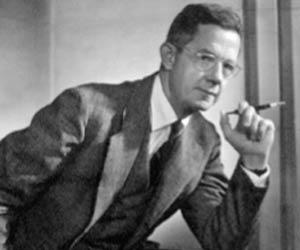- The Best Arabic Food, Manakish Oven & Grill Catering Service in Milpitas, CA
- Becoming the Trusted LNC: Building Strong Relationships with Attorneys
- The Crucial Role of Nutrition in Battling Oral Cancer and Legal Recourse for Dental Negligence
- Exploring the Cost of Veneers in South America
- Unveiling the Art of Securing Funding: Yanni Hufnagel’s Pearls of Wisdom for Confident Capital Procurement
Alfred Blalock’s Contributions to Shock and Trauma
September 2, 2015
Alfred Blalock suffered from a unique form of low self esteem. Although he would go on to perfect the heart bypass techniques that would completely eliminate “Blue Baby” syndrome, he believed himself to be a failure for most of his life.
Blalock was born in Monroe County in Georgia, the son of a wealthy businessman. He took very little interest in trade or commerce as a youngster, but medicine interested him for most of his life. At 14, Blalock enrolled himself in the Georgia Military Academy. He attended the University of Georgia shortly after, where he graduated with a Bachelor of Arts degree.
He would go on to study medicine at Johns Hopkins Medical School in 1922, and it was during that time that he began looking up to William S. Halsted, one of the founding members of Johns Hopkins Hospital. Unfortunately, despite Blalock’s best efforts, he failed to secure a residency at the famous school. Believing himself to be a failure, he moved himself to Nashville.
There, he secured himself a position at the Vanderbilt University Hospital as the building’s first resident surgeon. He also took on a part time job teaching third and fourth year med-school students about surgery. Using the school laboratory, Blalock conducted experiments on hemorrhage and traumatic shock.
Ultimately, Blalock discovered that surgical shock was induced by massive blood loss. A theory he tested through dogs. His findings would save countless soldiers during World War II. Eventually, Blalock would return to Johns Hopkins as the school’s Chief of Surgery in 1941.
About the Author: Phineas Upham is an investor at a family office/ hedgefund, where he focuses on special situation illiquid investing. Before this position, Phin Upham was working at Morgan Stanley in the Media and Telecom group. You may contact Phin on his Phineas Upham website or LinkedIn page.






